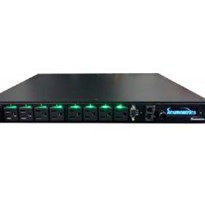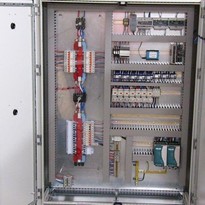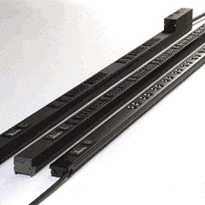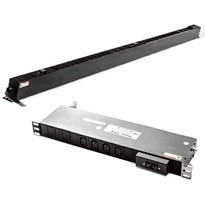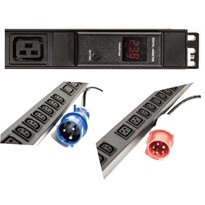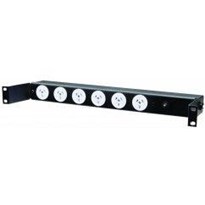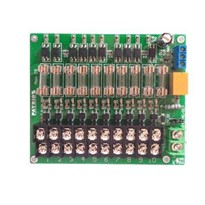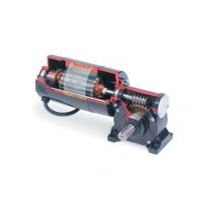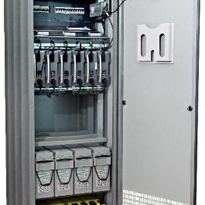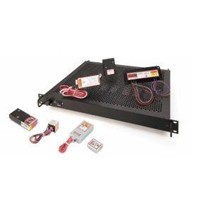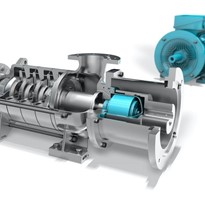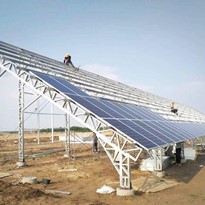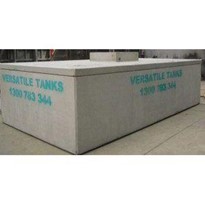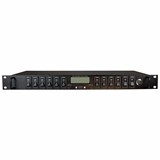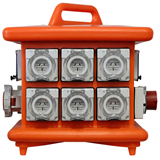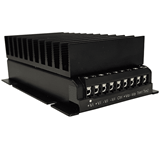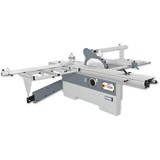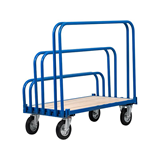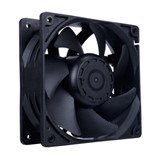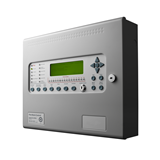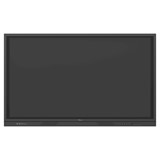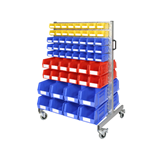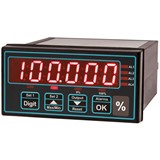There are a number of considerations before choosing the right load panel for your application. Total system current and individual load
current needs; single bus or dual bus design; positive or negative ground (or both); and what type of over current protection is required
to protect not only the site, but worker safety as well.
POLARITY
Most 12 and 24VDC systems operate with a negative ground. If the entire system is the same polarity, then a single bus load panel may
be the best choice. Some sites however will operate with only a positive ground, therefore it's important to check to see if the load panel
you are considering supports the type of ground you need. More frequently sites are starting to mix DC voltages and polarities, such as
when negative ground 12 volt DC repeaters are used along with positive ground (-48VDC) backhaul radios at the same site. In this case
it is not only essential, but far more cost effective, to utilize a dual bus load panel that can support two different voltages and polarities,
simultaneously, such as the ICT Distribution Series 3 family.
SIZING
When designing a system, careful consideration must be given to not only the total system current you require the load panel to handle,
but also the individual output load requirements. Some panels may offer relatively high individual output load ratings, say 25 amps, but
if the total system current rating is only 100 amps then only four outputs would be usable.
On the Distribution Series 2 family of load panels, for example, three outputs are provided that are rated at 40A amps each, and
9 outputs rated at 25 amps each. The 40 amp outputs are useful for higher loads, such as RF amplifiers, while the 180 amp peak system
current rating ensures sufficient current is available for other more standard connected devices.
For very high power requirements, the ICT Distribution Series 3 provides up to 240 amps of system current capacity with eight outputs
rated at 25 amps each, a solution well suited to higher current applications like LTE radios.
SAFETY
The main function of a fuse or circuit breaker is to protect conductors and equipment from damaging overcurrents and quickly
de-energize faulted circuits minimizing hazards to personnel. The absence of such a device could result in dangerous conditions, either
as a result of heat buildup during an overload condition or to employees who are not able to visually confirm a circuit has been
de-energized before working on it.
Standard Electrical Safety guidelines from organizations like NFPA, IEEE, ANSI, NEMA and many building codes provide clear direction
regarding safety of electrical device installation and maintenance, including:
Utilize fuses (or breakers) with blown fuse (or breaker) indication to minimize exposure to energized components while trouble-shooting the
circuit. Provide selective coordination (only the area where the fault occurs is shut-off). Provide a system that is safe to service and maintain.
OSHA 29 CFR 1910.334(b)(2) states “ Reclosing circuits after protective device operation - after a circuit is de-energized by a circuit
protective device, the circuit may NOT be manually reenergized until it has been determined that the equipment and circuit can be safely
re-energized.”
Almost all DC load distribution panels in the market, including the ICT Distribution Series product line, utilize fuses or breakers in
accordance with safety guidelines issued by these organizations.ICT Distribution Series 3 panels, for example, allow the user to set individual current settings for each output that can act as an electronic, remotely resettable fuse, while still providing the safety and peace of mind from having an over-current fuse or circuit breaker to protect the device, the premises, and employees. When a fuse or circuit breaker trips, it is highly advisable to visit the site to determine what the source of the over-current event was, something that is not possible to do remotely.
Use the filters on this page https://www.heliosps.com.au/our-products/hps/dc-distribution-panels/ to select the right DC Distribution Panel for your application.


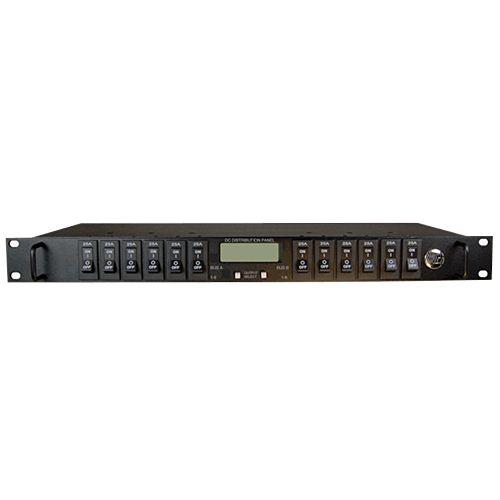

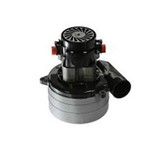
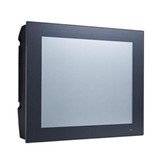
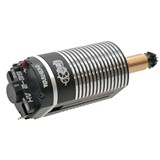
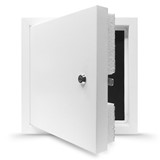
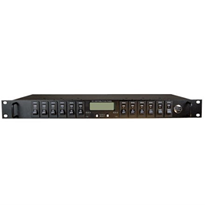
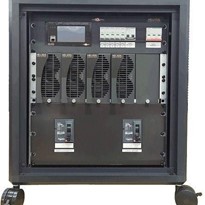
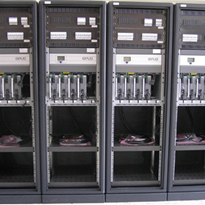
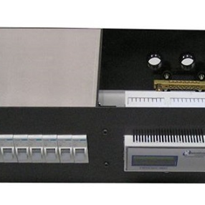
-205x205.jpg)
